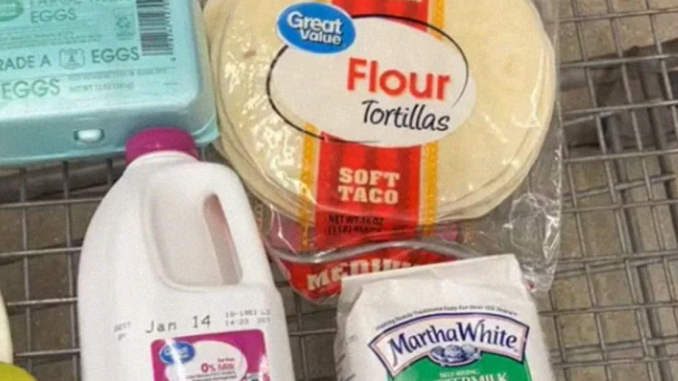
Over the past few months, many of the factors that fueled a four-decade high in inflation have begun to fade, and shoppers found deeper discounts online and at malls during the holiday season, as retailers tried to clear through excess inventory.
Consumer prices fell 0.1% in December compared with the prior month. However, for many Americans, the price of their favorite products hasn’t budged.
To show just how high our everyday expenses have become, Kentucky-based content creator Amy Way to Save shared a video comparing the checks of her typical groceries in 2020, 2022, and the start of 2023.
This woman compared food prices at the end of 2020 and the beginning of 2022

“Towards the end of 2020, I went to Walmart and I purchased all of these things for $10.09”
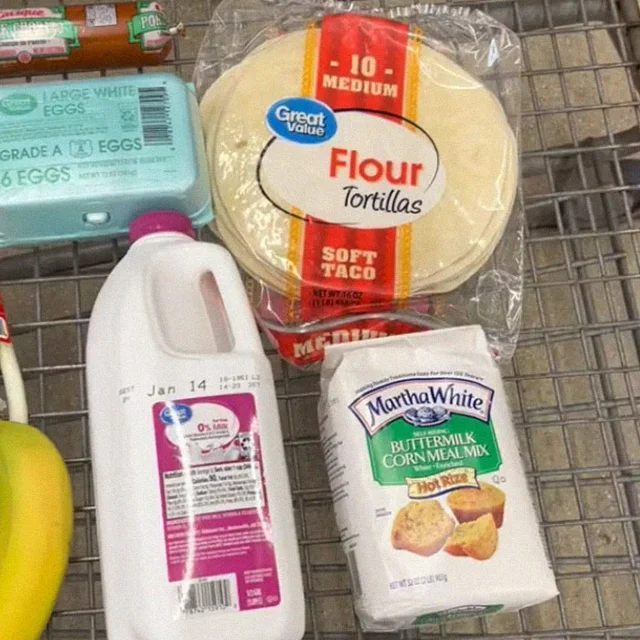
“I made a week’s worth of meals for one person”

“At the beginning of 2022, there was a lot of talk about inflation at the grocery store”

“So I went back and purchased all of the same things, and they cost me about 10% more”
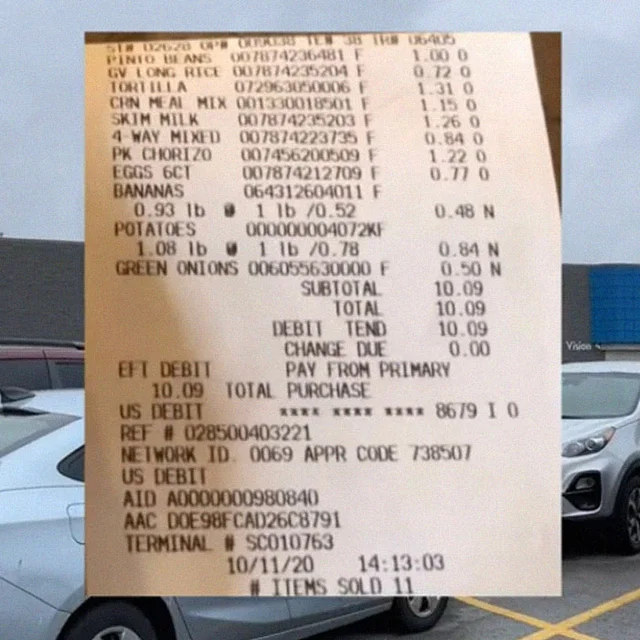
Then she went back to get the same items at the start of 2023
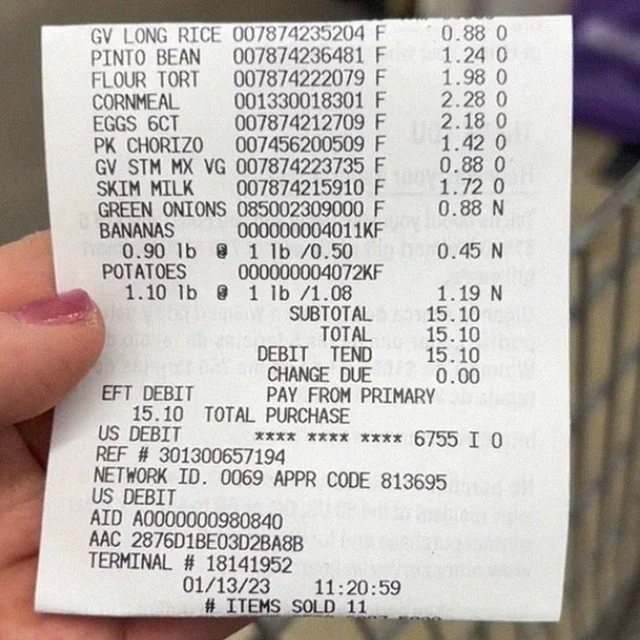
“This week, I went back again and purchased those same items”
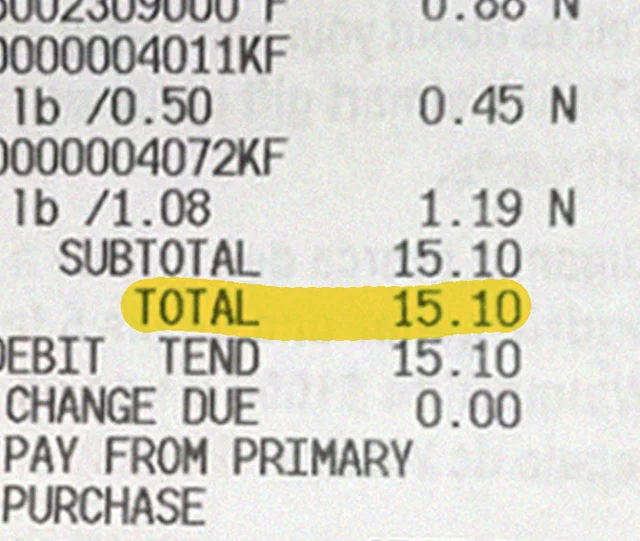
“Now they cost $15.10, which is about 50% more than the prices at the end of 2020”
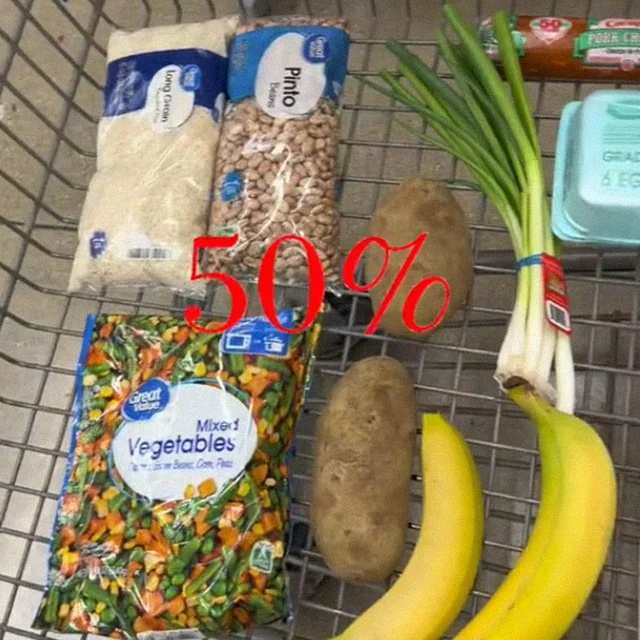
Americans feel this. A growing pessimism is one of the key findings of the fourth semiannual edition of McKinsey’s American Opportunity Survey (AOS), which explores in depth the country’s perceptions of the current and future state of the US economy.
People reported what seemed to be two approaches: some are spending more, and others are cutting back, with variation across categories of expenditure. Americans have increased spending on essentials such as groceries, utilities, transportation, housing, and healthcare but at the same time, many others are cutting back in many of the same categories.
What determines the approach? The answer is income. Those with less have slashed discretionary spending and, in some cases, essentials. Of those making less than $50,000 annually, 23 percent say they have reduced their grocery budget. By contrast, just 12 percent of those earning more than $100,000 annually have cut back.
It’s possible that the rising interest rate environment and increased reliance on debt financing may only grow financial difficulties for American households in 2023.
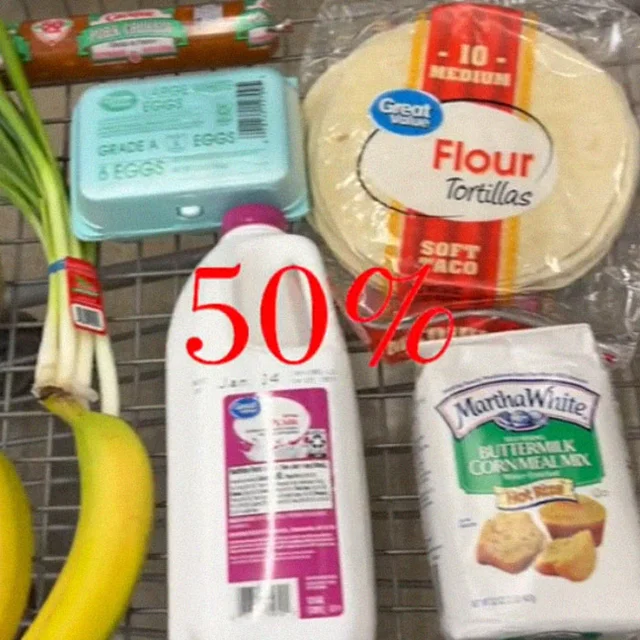
Amy’s video has been viewed 3 million times and now has over 350K likes
The near future isn’t promising much, either. According to the United States Department of Agriculture (USDA), all food prices are predicted to increase by 7.1%, grocery store prices are forecast to climb by 8.0%, and restaurant prices are expected to lead the way, becoming 8.2% higher.
When it comes to individual products, prices are predicted to increase for eggs (27.3 percent), other meats (12.8 percent), dairy products (8.0 percent), fats and oils (16.5 percent), processed fruits and vegetables (9.6 percent), sugar and sweets (10.6 percent), cereals and bakery products (12.0 percent), nonalcoholic beverages (8.7 percent), and other foods (6.8 percent).
However, beef and veal prices are predicted to decrease by 1.8% in 2023, pork prices should go down by 3.0%, and fresh fruits are expected to become 1.7% cheaper.
People think it’s painfully accurate
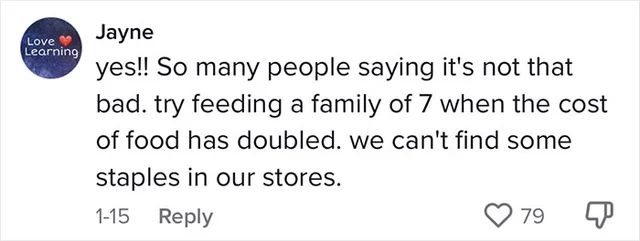



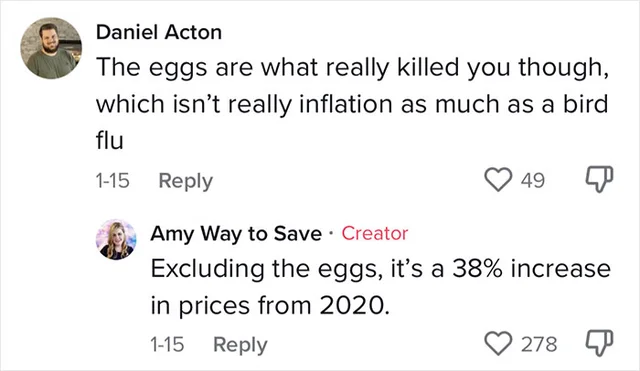
* Article from: Bored Panda